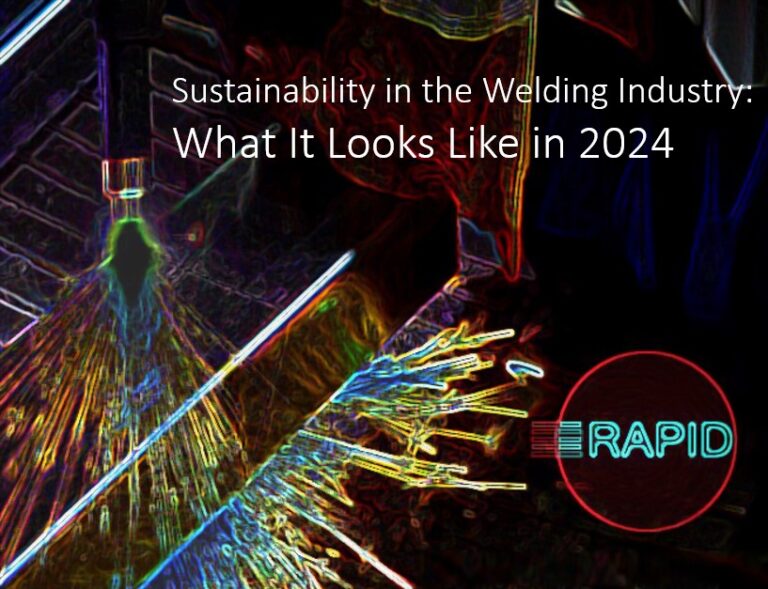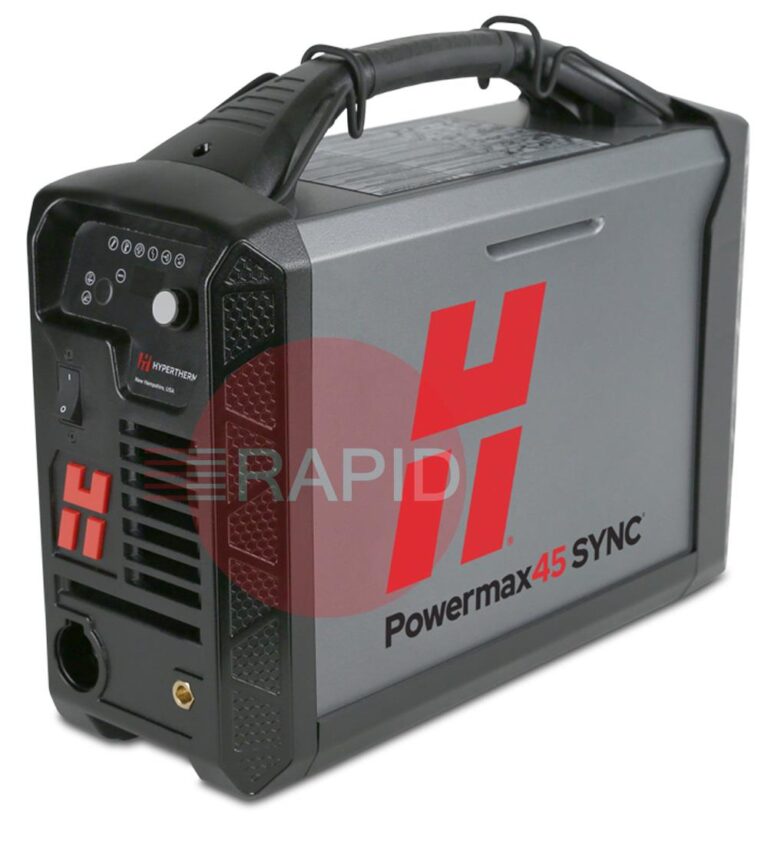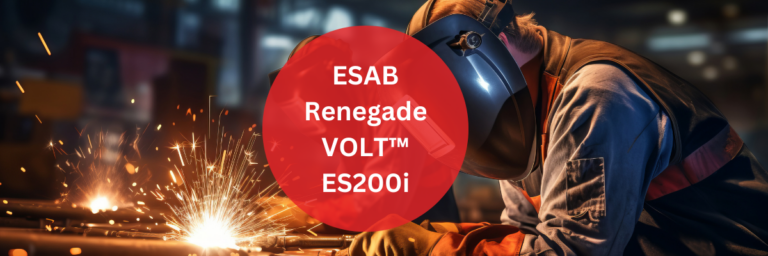Industry Applications for Plasma Cutting Systems
Plasma cutting is an efficient and very accurate method of cutting through metals, first developed to improve speed and accuracy in cutting and joining metal components needed for military vehicles and aircraft. Nowadays, plasma cutting – both manual and machine – can be found in a diverse range of military and commercial industries around the world, the purpose being to achieve the best cut possible in the least amount of time, and at an affordable price. Here is a brief overview of some of the applications for each system.
Manual Systems
This system involves a moderately small power supply using a hand-held plasma torch to cut different types of metal. Cutting capability is based on the output amperage of the system. The suitability of the hand-held Plasma Cutter depends on the thickness of the material to be cut, the desired cutting speed, and the environment in which it is to be carried out.

Applications: Manual Plasma Cutting Systems are typically seen in farming industries where on-the-spot repair and maintenance to farm equipment, vehicles and buildings is required.
Field-based construction projects such as bridges, towers, high-rise buildings.
Metal art sculptures and decorative structures are becoming increasingly popular, pushing boundaries in scale and complexity. Hand held systems are commonly seen in the creation of signs, furniture, staircases and other decorative projects.
From glass bottomed pleasure boats to submarine and aircraft carriers, an awful lot of components are needed for each build including hull and keel fabrication, steel decking and motorised components to name but a few.
DIY customisation and professional car repair centres – body work, engines etc.
Demolition and scrapping. Debris resizing and separating.
Colleges teach students the latest technologies to ensure they are equipped with up-to-the-minute skills and know about different fabrication processes.
Machine Systems
Research should be done before selecting a mechanised Plasma Cutting System. Generally they are much larger than manual systems and are used alongside cutting tables. These systems can be incorporated into punch press, laser cutting and robotic cutting systems.
Because of the size, machine Plasma Cutters are not easily relocated, so certain areas need to be considered before a purchase is made:
- Parts needed to be cut e.g. Size, shape and thickness.
- Speed and production requirements.
- Quality of the cut.
- Overall cost and cost of consumables inc. gas, electricity and labour.
- Layout of facility in which it is to be used
Applications: Factory based Plasma Cutters are used to create beams, pipes, sheets and other components for the development of high-rise buildings, towers, fly-overs.
From the manufacture of large components used to build wind-turbines to the maintenance and repair of electricity pylons and fleet vehicles, the Energy industry – including gas, oil, nuclear and wind power, use Plasma Cutting Systems in both construction and on-going repair.
The auto industry uses Plasma Systems on cutting tables and robotic arms to fabricate parts, ensure speed, efficiency, and reduce risk to human workers.
Manufacturing of commercial vehicles e.g. ships, rail cars and trucks.
Metal fabricators require superior cut quality and production.

Rapid supply a wide range of manual and machine Plasma Cutters.
Please follow the link to browse the website, or alternatively for any in-depth enquiries please contact Andy on 02392 214214 or via the live chat on the website.
http://www.rapidwelding.com/index.aspx
Rapid also has provided a series of knowledge manuals that are available to read online for reference.






